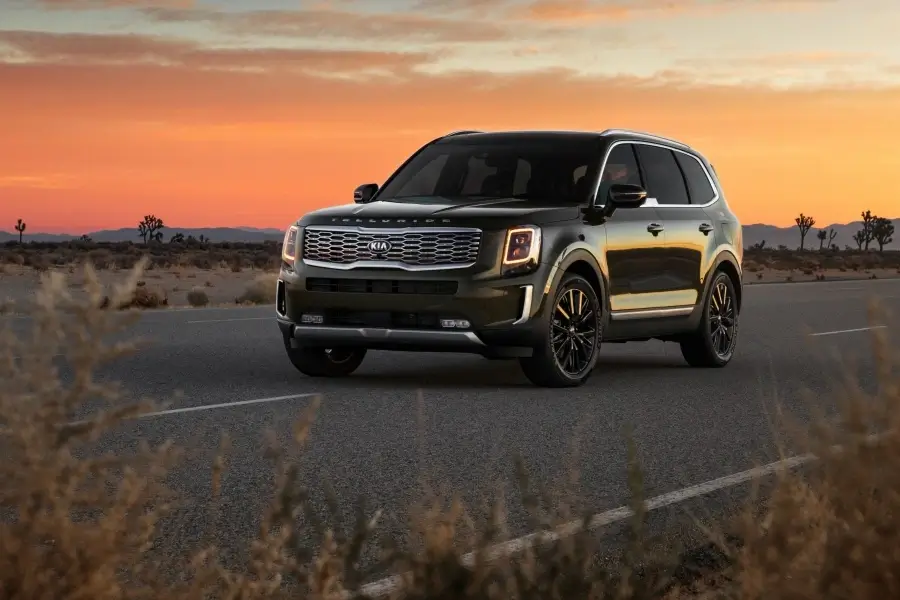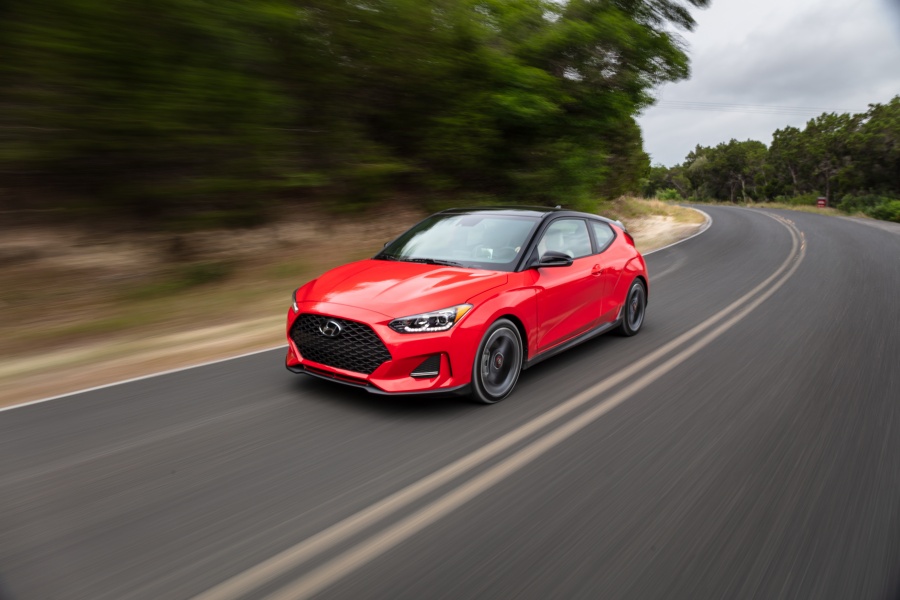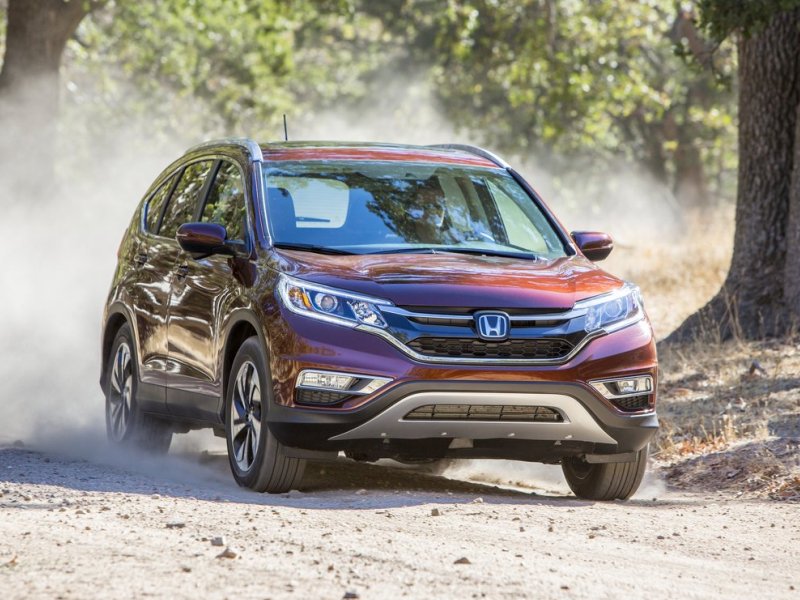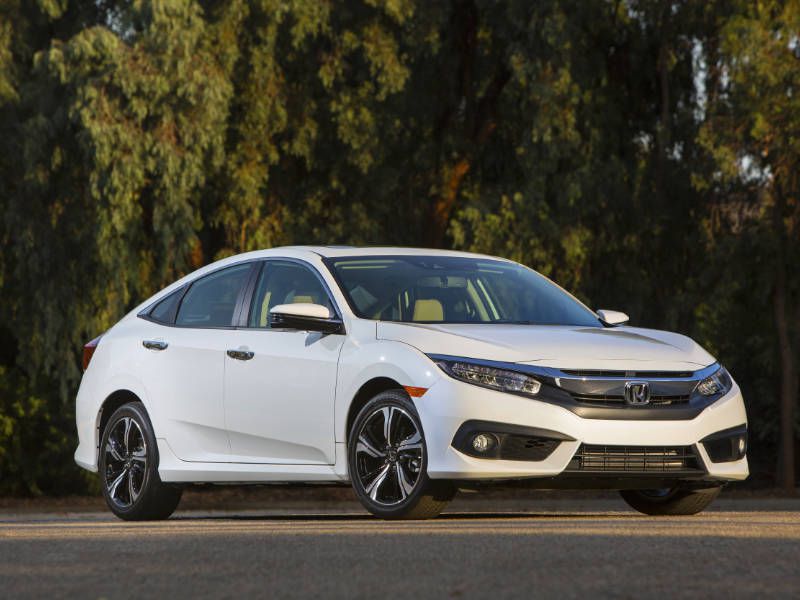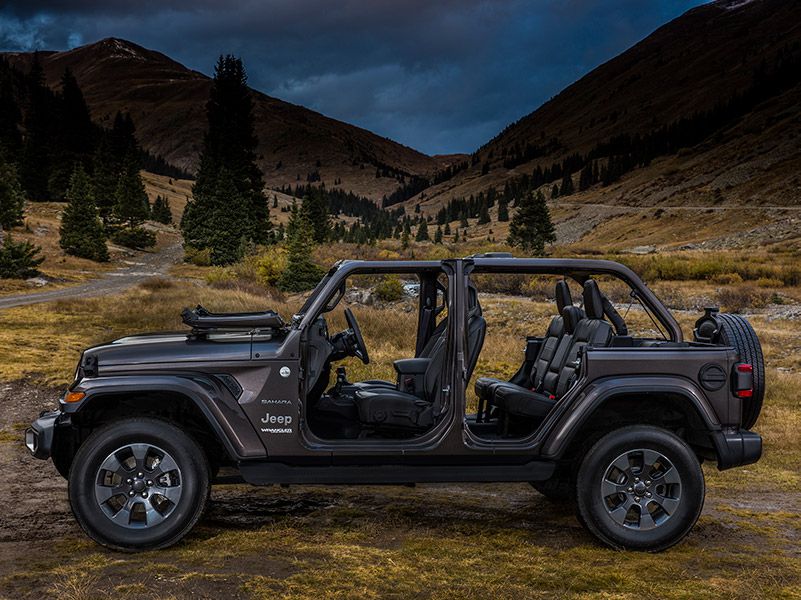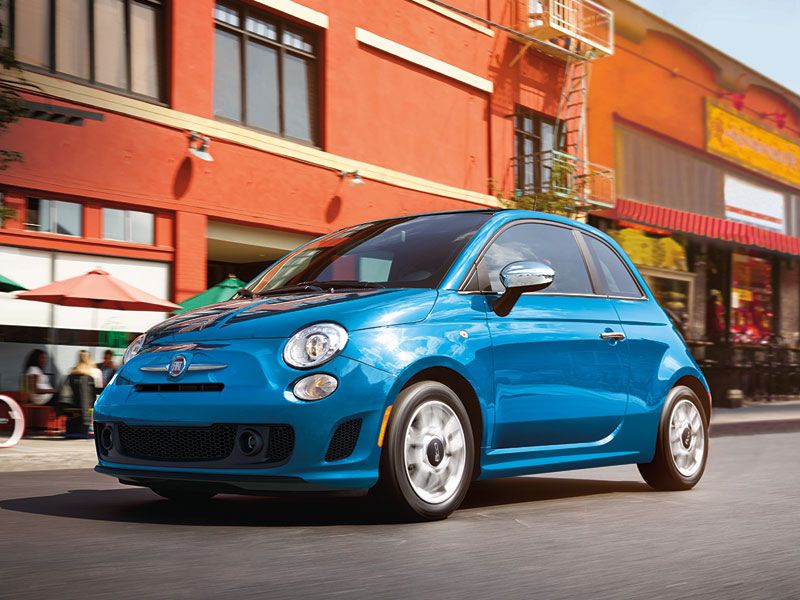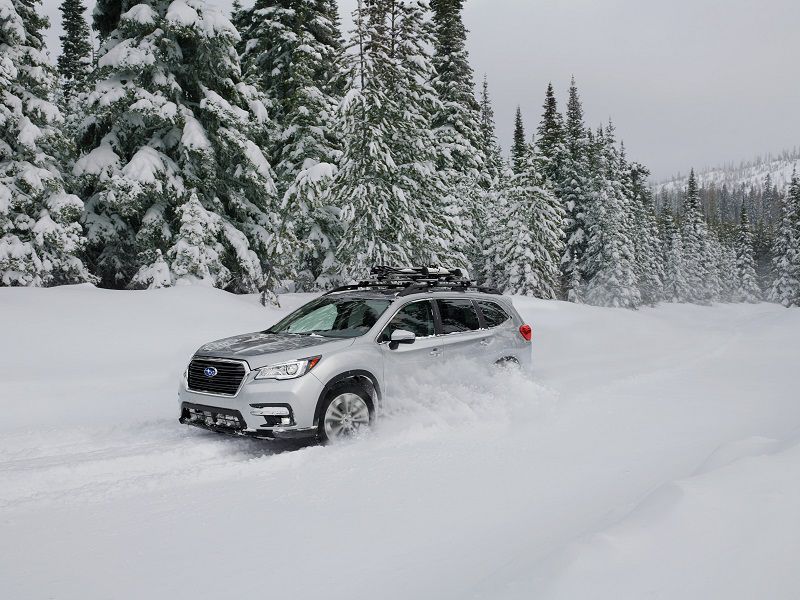AWD vs. 4WD: What's the Difference Between Them
All-Wheel Drive
Depending on the configuration, all-wheel drive vehicles may have two or four wheels driven at a time. A differential between the axles sends power between the front and rear, and some systems can split power further between individual wheels that need it. Called torque vectoring, the advanced all-wheel-drive function uses clutches and other components to deliver power where needed. Some all-wheel-drive performance cars can shift power to the rear wheels or bias the split toward the rear to give the vehicle a rear-wheel drive feel. There are two main types of AWD we need to discuss: Part-time AWD and full-time all-wheel drive.
Part-Time All-Wheel Drive
Vehicles with part-time all-wheel drive have two driven wheels at all times, which could be the front or rear, depending on the platform and configuration. When the vehicle’s sensors detect wheel slip or other indicators that additional traction is needed, the other two wheels engage and help guide the car. This system provides extra traction when needed, but it leaves the vehicle in two-wheel drive most of the time. Part-time AWD saves fuel, because the car isn’t turning all four wheels, but it does add weight, so most vehicles see a fuel economy penalty with the feature equipped.
Full-Time All-Wheel Drive
With full-time all-wheel drive, the vehicle’s front and rear wheels are driven 100 percent of the time. Full-time systems provide excellent traction on dry pavement and confident handling in poor conditions. There is a noticeable gas mileage deduction when moving to full-time all-wheel drive, but some will find the trade-off between efficiency and traction to be worth it.
Four-Wheel Drive
When it comes to traction and traversing tough terrain, four-wheel drive takes the win. Many systems offer a two-speed transfer case with gearing for high and low ranges. Drivers can use high-range for on-road driving or in less hardcore off-road situations. Low-range 4WD helps conquer super challenging terrain, like rock crawling and steep inclines. Serious off-roaders and people with heavy-duty vehicles prefer 4WD because it’s more robust and able to handle more abuse than the typical all-wheel drive system. Four-wheel drive systems lock the wheels to rotate together, so they’re not suitable for use unless traction is poor.
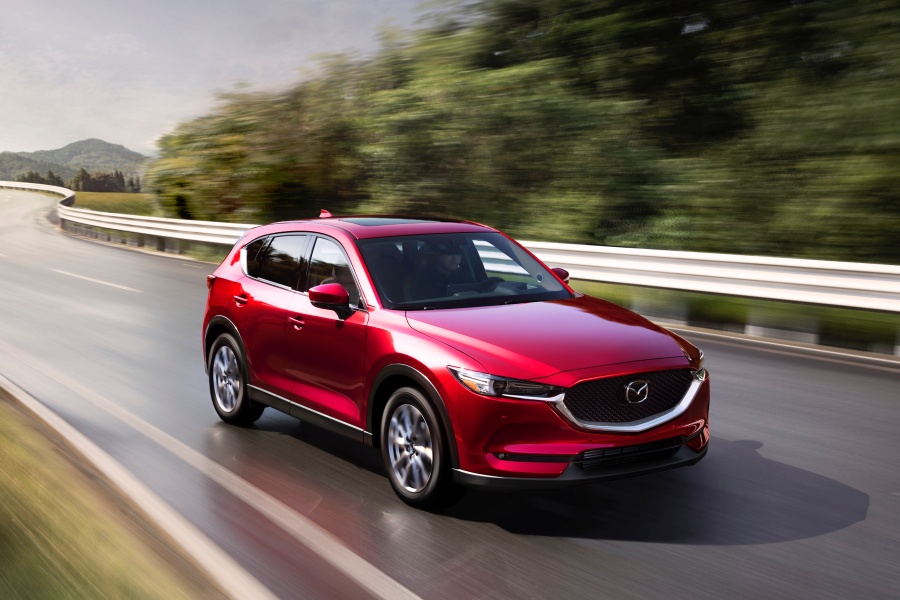
Like AWD systems, 4WD comes in two flavors: Part-time and full-time.
Part-Time 4WD
Part-time 4WD is common on vehicles such as pickup trucks, where the rear wheels are generally driven all the time and the driver can select 4WD when more traction is needed. Some vehicles use a separate gear lever to accomplish the shift into 4WD, but some offer push-button or rotary selectors. Automatic part-time 4WD systems exist that can engage automatically, giving the vehicle an almost AWD feel, but they’re expensive and usually reserved for high-end applications.
Full-Time 4WD
As the name suggests, full-time four-wheel drive systems drive all four wheels, all the time. Vehicles equipped with full-time systems may offer the ability to decouple two wheels to conserve fuel at higher speeds, but most suffer in the gas mileage department to some degree.
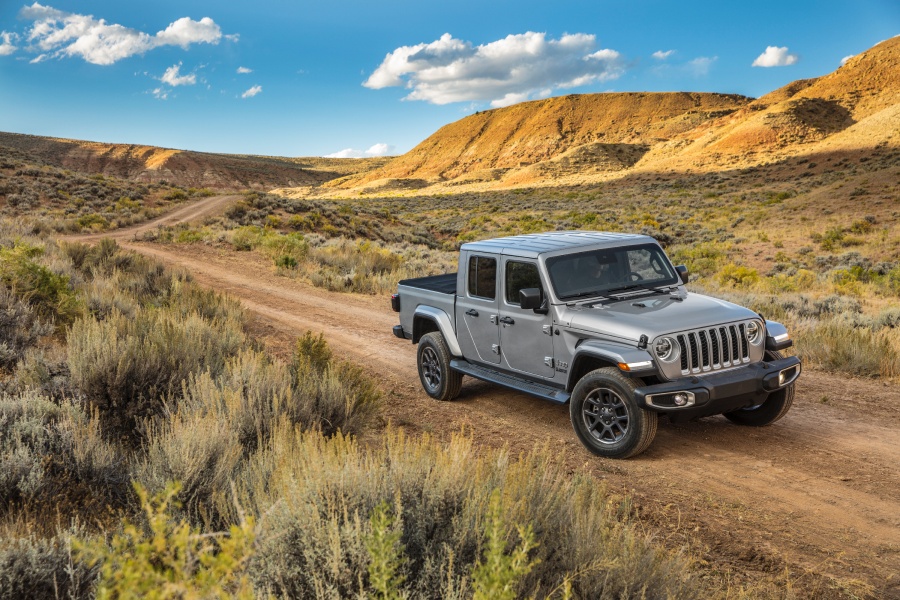
How About Two-Wheel Drive?
If you don’t live in a part of the country that receives legitimate winter weather or you don’t go off-road, you’re probably just fine with a two-wheel-drive vehicle. Most new models are available with a less expensive 2WD option, though Subaru is an outlier, as all but one of its models are all-wheel drive. Depending on the vehicle, 2WD may mean front- or rear-wheel drive.
Most trucks and larger SUVs come in rear-drive formats, but some sportier cars get the layout. Rear-wheel drive is better for towing and is considered to be the preferred format for performance cars. With the rear wheels receiving power, the driver can apply throttle and steering to better rotate rear-drive cars. There’s also less risk of understeer with rear-wheel drive, because the front wheels’ only job is to steer the car, while the rear wheels provide power. Understeer happens when a driver turns the steering wheel but the vehicle continues traveling, at least partially, in its original direction.
Front-wheel-drive cars have plenty of benefits as well, including bad-weather traction. Since the drive wheels are in front, the weight of the engine helps press the wheels into the road. Front-drive cars are typically lighter than rear-wheel drive vehicles because they don’t need extra components to drive the rear wheels.
Which is Better? All-Wheel Drive or Four-Wheel Drive?
Which is better depends heavily on how the vehicle is used. If you’re towing, hauling, or off-roading, four-wheel drive provides the best traction and is more robust than AWD. If you are only looking for better traction when it snows, AWD provides the help you need without the hassle of switching in and out of 4WD. Both systems add weight and cost to any vehicle, so the decision to spring for them should be carefully considered.
Can I Turn All-Wheel Drive Off?
Depending on your vehicle, you may have the option to disengage two wheels for a period of time, and your vehicle may even do so automatically to conserve fuel. Some performance cars offer the ability to “turn off” the front wheels and drive with only the rear engaged, but these functions don’t permanently turn off all-wheel drive.
Do I Need Winter Tires With All-Wheel Drive?
If you frequently drive in winter snow, or if your normal driving location falls below 40 degrees on a regular basis, it’s a good idea to invest in winter tires – even if you have all-wheel drive. The rubber compounds in summer and some all-season tires can harden in cold weather and lose traction. Some tires will crack over time if used in cold weather. Additionally, winter and snow tires have specially designed treads that “bite” into snow and help stop the vehicle. All-wheel drive helps provide traction in bad weather, but the tires deliver starting and stopping power. It’s important to remember that AWD and 4WD are not infallible, and overdriving your tires in bad weather is a recipe for disaster.
Do Electric Cars Come with AWD?
Many electric cars do come with all-wheel drive. Rather than all of the hardware needed in a gas car to send power between the axles, electric cars have motors on each axle to provide power. This saves weight in drivetrain components, but EV batteries are more than heavy enough to offset and benefit.

